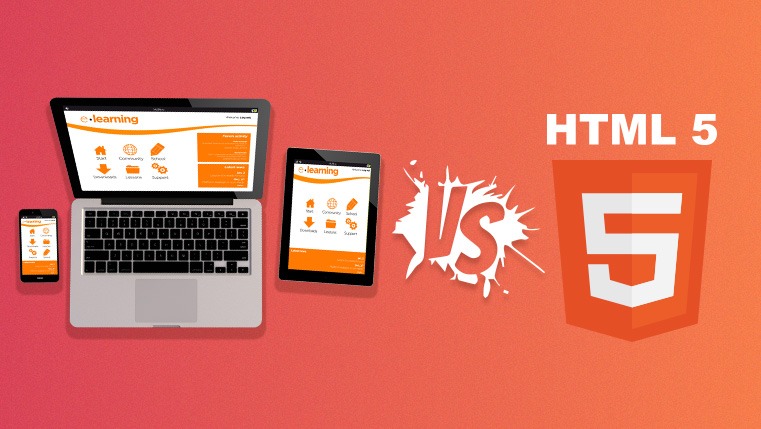Which Training Fits the Digital Learning Paradigm and Which Does Not?

M any organizations are adopting digital learning to train their employees to be in tune with the learning needs and expectations of today. But there is often confusion on what kind of training can fit in the digital learning space. In this blog, let’s explore what fits the digital learning format and what does not, to help you decide how to best adopt this mode for your training needs.
What fits in the digital learning format?
We already know the advantages digital learning brings to both employees and organizations. These very advantages of digital learning programs make it apt to meet the various training needs of organizations.
Digital learning enables continuous training: Digital learning in the form of microlearning assets such as podcasts or small videos can be accessed on mobile devices anytime and anywhere by employees. This enables training managers to deliver short spurts of information on a continuous basis that counter the Ebbinghaus’ famous ‘Forgetting Curve’. This is better than delivering a heavy, one-time crash course that employees tend to forget in a few days.
Delivering continuous learning in bite-sized form across touch points and devices is easy with digital technology. Continuous training is integral to changing training needs and updating employees on the latest skills. Industries such as manufacturing, transportation, or software continually update their processes. So continuous training on these processes is required.
As for compliance training, laws keep changing frequently. Organizations that are bound by complex regulations need to update their employees through continuous training.
Continuous training is also important to ensure employees do not forget. For instance, after the first year on the job, most employees tend to forget what they had learned during the onboarding program, but a continuous training program ensures they remember.
Learning based on individual needs: The learning needs of individuals differ. The difference can be in content and style. Digital learning helps to deliver the precise training an individual requires and is flexible to be adjusted for different employee training needs. Modern day employees prefer learning that is personalized to meet their needs.
In an organization, the same training topic may require different approaches based on the job profile and learning needs of employees. For instance, the nature and depth of communication skills training may differ for a salesperson when compared to someone in the IT department. Digital learning can be modified to meet such diverse learning needs.
Better learning experience for employees: Training methods that involve a text-heavy e-learning course or a long classroom training session can overwhelm employees, including new hires with information overload. Today’s employees prefer options such as Google or YouTube to look for information. But this means wasting time and energy in finding the precise information which could otherwise be spent in productive work. A better alternative is to deliver curated content to employees on their digital devices. This gives them access to the information they need and also provides a great learning experience.
What does not fit the digital learning paradigm?
Though people vouch for the advantages of digital learning, it has some drawbacks that organizations must consider.
Self-paced learning may work against desired results: Though digital learning puts the learner in control of the learning, it also comes with the risk that some learners may not complete the training. Some learners may just not be interested in the training or some may just see it as an activity they will have to complete and may not have the motivation to do it immediately. This can be a drawback when employees leave courses midway and do not complete them. It becomes an issue when employees fail to complete certain mandatory trainings. Insufficient completion rates can even affect the business of the organization.
Lack of face-to-face interaction: The lack of face-to-face training in digital training may not work for certain training requirements such as leadership training or soft skills training. Digital learning lacks the human element that is part of classroom training. Sometimes more can be learned by observation and interaction than passively going through a course on screen.
Lack of communication: Most of the digital training formats do not give learners a chance to interact with the trainer and vice-versa. This is a special feature of live training. Learners can interact with the trainer and with each other. This promotes better learning. The feedback from learners helps trainers adjust their training delivery and provide the additional information they need. Communication in the classroom encourages team-building and encourages individuals to come together and work toward a common goal. Such interactions lead to better learning.
Digital learning does have its share of benefits and drawbacks. Organizations can do well by thinking through the adoption of digital learning. Sometimes a blended approach that combines both digital learning and classroom training may work better. What do you think? Please share your views.





